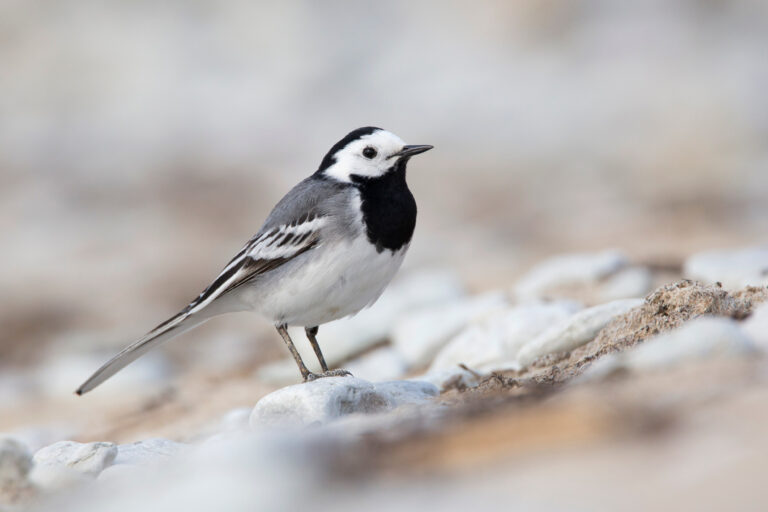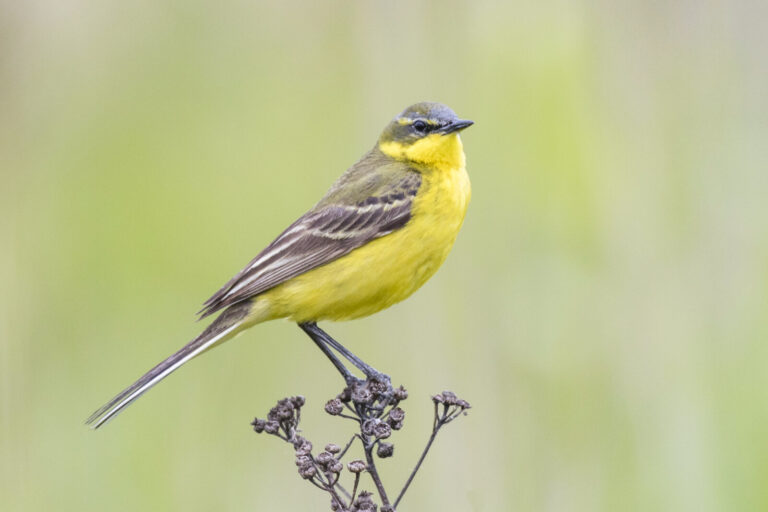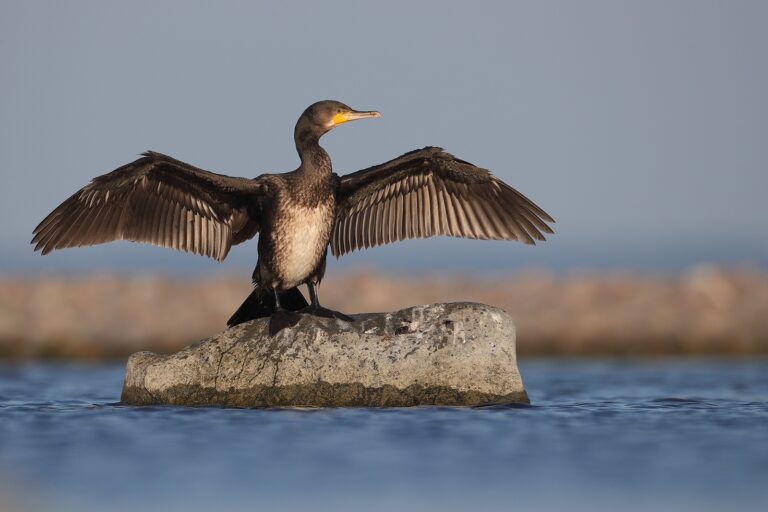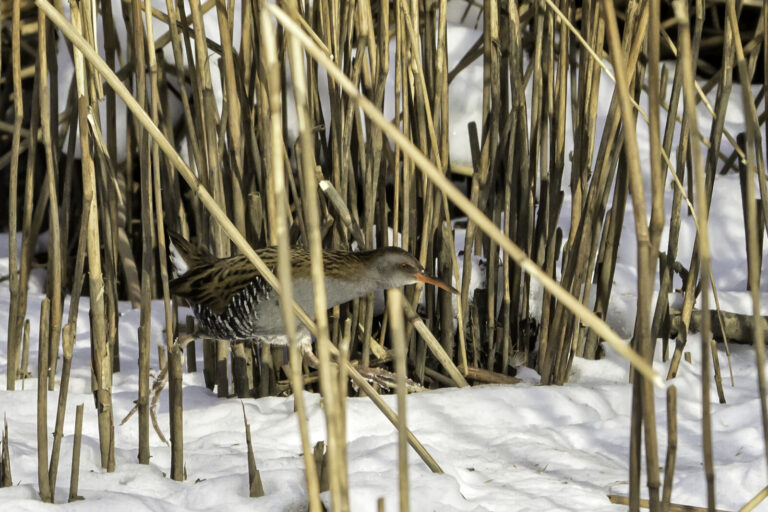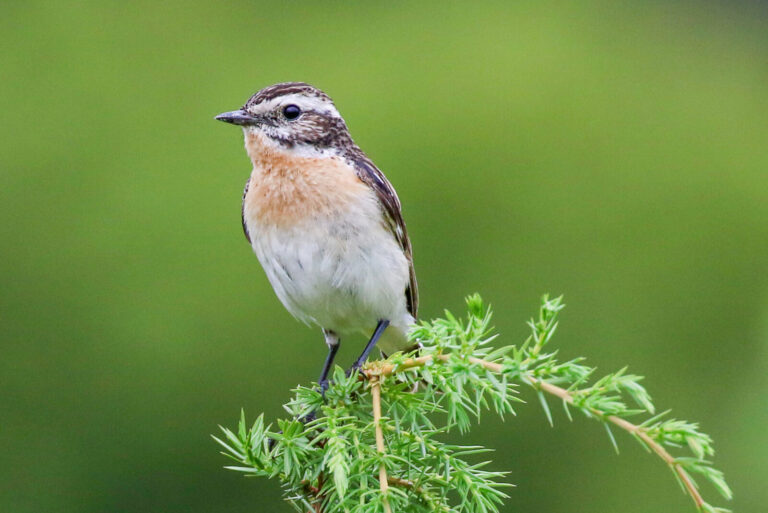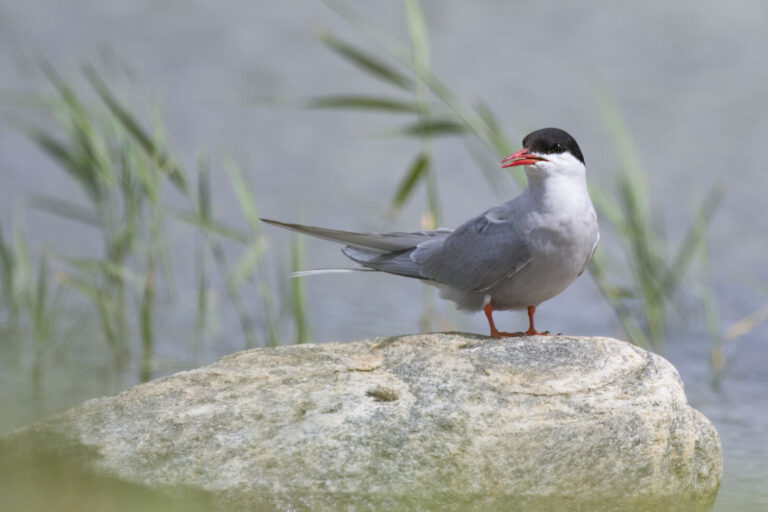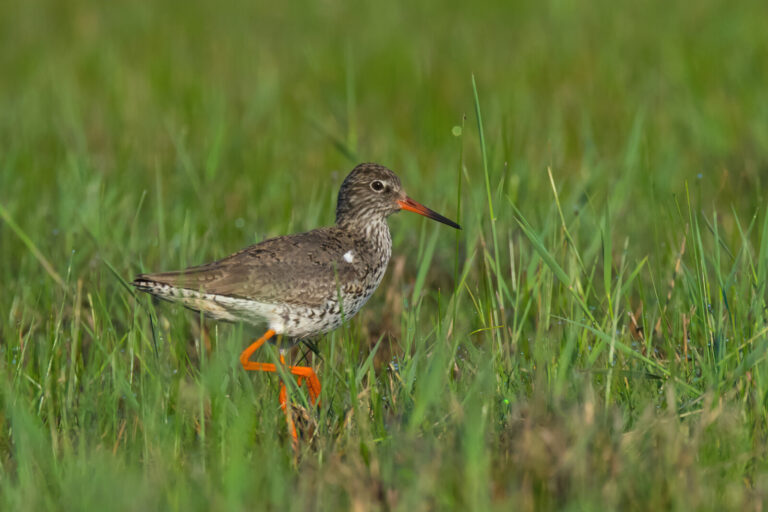White wagtail
The white wagtail is a widespread breeding bird in Lääne County as well as a common migrant. As an adaptable species, it may be found practically anywhere in Matsalu and other parts of Lääne County. However, it is most common in villages, where the structures provide plenty of nesting opportunities. Feeding birds are frequently spotted in beach meadows or along the coast.
